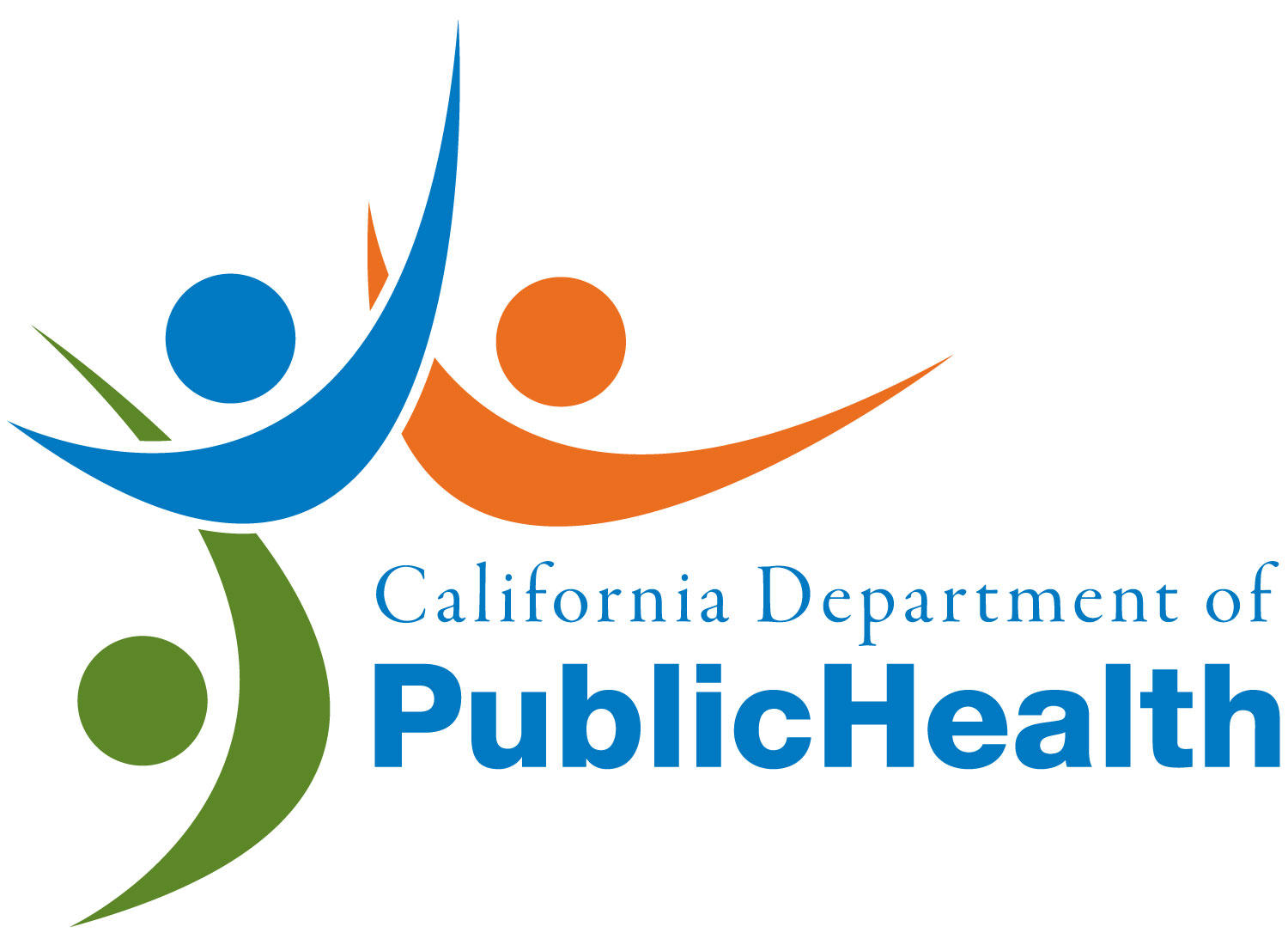Cal-IVRS Renewal: Spearheading the Future of Public Health in California and Beyond


In a significant milestone for University of California (UC) San Diego, the Altman Clinical and Translational Research Institute (ACTRI), and the Division of Biomedical Informatics (DBMI), the contract for the California Integrated Vital Records System (Cal-IVRS), one of the most advanced vital records systems in the world, was recently renewed for a period of three more years through June of 2027. This contract, a $25 million interagency agreement between UC San Diego and the California Department of Public Health (CDPH), highlights UC’s more than 42 years of unwavering commitment to providing the best-in-class electronic vital records and statistics for California. This collaborative effort will continue to be led by the Division of Bioinformatics faculty, Dr. Amy Sitapati, MD and Dr. Michael Hogarth, MD, who also serves as the ACTRI Director of Bioinformatics and UC San Diego’s inaugural Clinical Research Information Officer.
Data generated from the registration of vital events (births, deaths, fetal deaths) is critical for driving public health policies in today’s world and has both legal and epidemiological implications in the modern society. The federal government funds the acquisition of vital statistics data from states and territories through a variety of cooperative programs across both the National Center for Health Statistics, a part of the CDC, and Social Security Administration. While most states began manually entering vital records registration data into a centralized computer at the state offices by the early 1980s, Ron Williams of UC Santa Barbara was the first one to computerize the capture of vital events data at the source when he developed and implemented the Automated Vital Statistics System (AVSS) in 1982. AVSS, over nearly three decades, was very successful in registering over 27 million birth events in California. In 2004, Dr. Hogarth’s team developed CA-EDRS, a pioneering web-based death registration system, which began service for the CDPH on January 1, 2005, and has since processed over 4.2 million death certificates. In 2018, the system was upgraded to include birth registrations and transitioned from UC Davis to UC San Diego, with Dr. Sitapati joining the leadership. Now known as the Cal-IVRS, it is one of the world's most advanced electronic vital records systems.
Cal-IVRS, in its current form, brings the birth, death, and fetal death vital records under one umbrella. The system facilitates the secure submission and processing of vital records by local registrars, hospitals, and other entities involved in vital statistics. Cal-IVRS platform is used for data collection and legal certificate issuance for approximately 500,000 births, 240,000 deaths, and 5,000 fetal deaths annually in California. Hosted at UC San Diego Health’s data center and operated by the UC San Diego Cal-IVRS team, the system boasts 99.98% uptime and serves 6,000 daily users across 61 registration districts, 58 coroner offices, 450 hospitals, and over 1,000 funeral homes in California. Additionally, around 80,000 physicians use its remote attestation modes—Fax and Voice—to review and attest certificates.
Both Drs. Sitapati and Hogarth are immensely proud and excited to bring in new initiatives during the renewal period that will help the Cal-IVRS integrate with hospital electronic health record systems, medical examiner/coroner systems, and federal platforms as well as help leverage years of collected data to support public health research and surveillance through data modernization. The next three years will mark an incredibly exciting chapter that will chart the course of public health in the California region and beyond. The team at UC San Diego is thrilled to be a part of this collaborative effort with CDPH and looks forward to making great strides in modernizing the national vital statistics system.